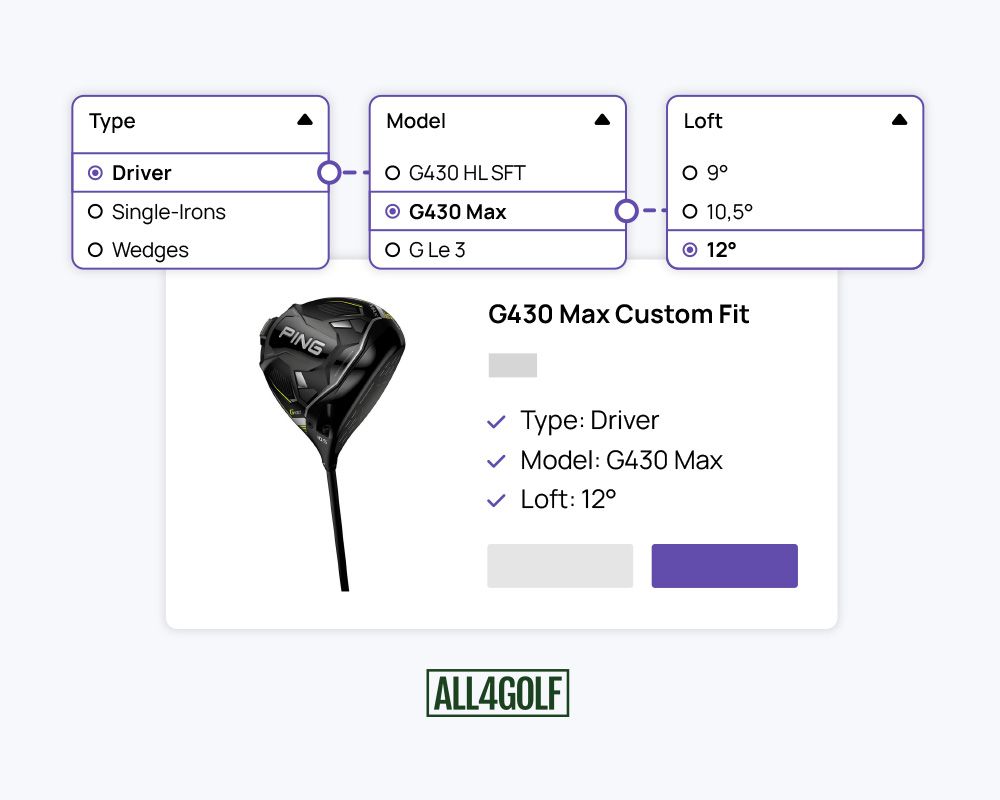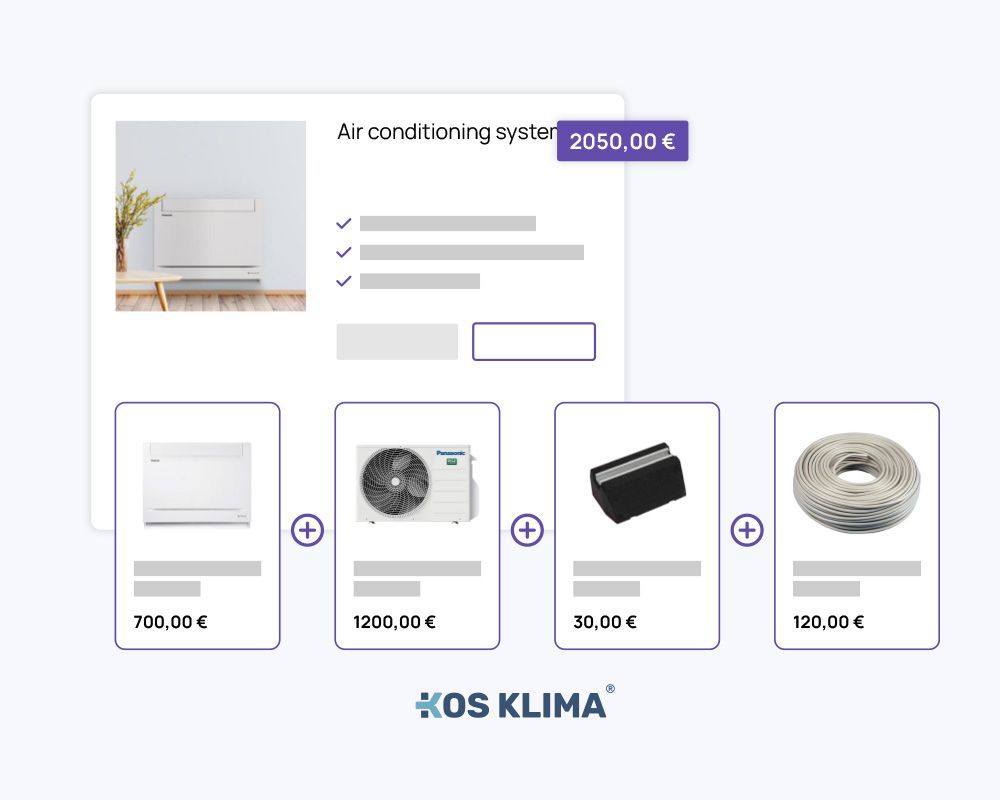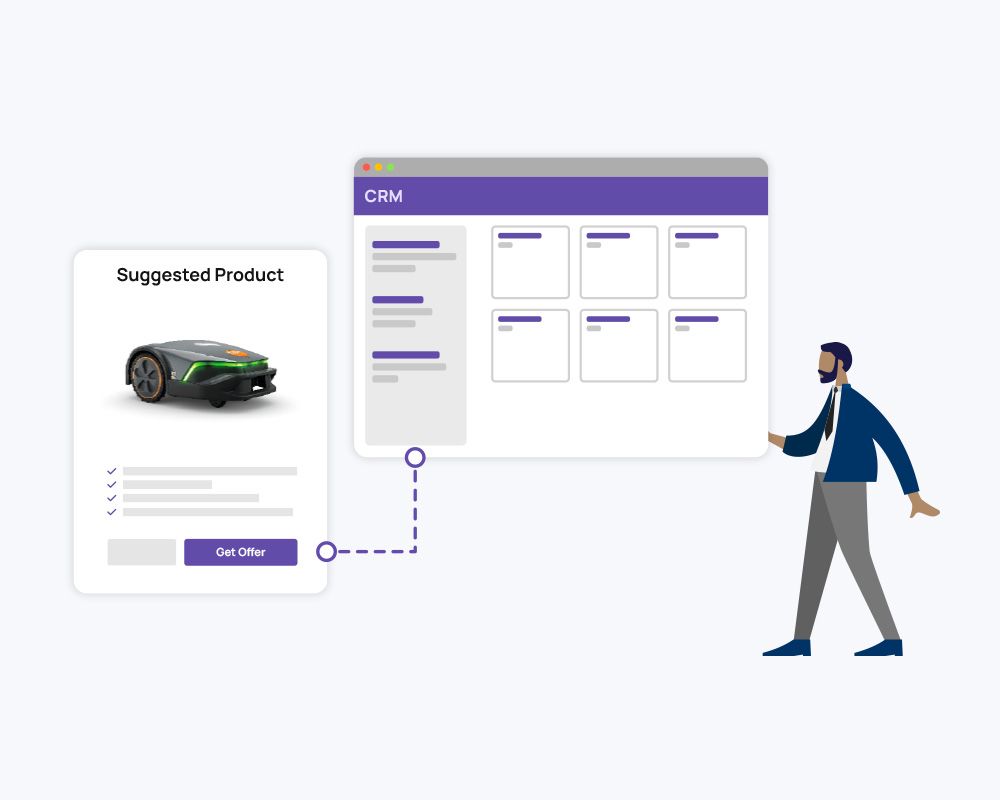2D vs. 3D Configurator – Which One is Better?
17. Juli 2024
Melissa Hartmann
Share post
Are you facing the challenge of finding the right product configurator for your website?
More and more companies are using configurators to customize products to meet individual customer needs. One question we often get is: "Which is better, the 3D configurator or the tried-and-true 2D configurator?"
We’ll walk you through both options so you know exactly which configurator is best suited for your purposes. Let's get started!
More and more companies are using configurators to customize products to meet individual customer needs. One question we often get is: "Which is better, the 3D configurator or the tried-and-true 2D configurator?"
We’ll walk you through both options so you know exactly which configurator is best suited for your purposes. Let's get started!
Similarities and Differences
In essence, it can be said that 2D and 3D configurators are built on the same functionality. Both guide customers step by step through the configuration process, providing a personalized product outcome tailored to the customer's needs.
So, to decide whether a 2D or a 3D configurator is the better choice, it makes sense to carefully consider the intended use.
For example, do you want to visually showcase your products to create the most realistic product experience possible? Or are your products highly complex in their assembly and require a focus on error-free configurations?
Depending on the goals you set, the two types of configurators offer different advantages. Let's first take a look at the similarities between both variants.
So, to decide whether a 2D or a 3D configurator is the better choice, it makes sense to carefully consider the intended use.
For example, do you want to visually showcase your products to create the most realistic product experience possible? Or are your products highly complex in their assembly and require a focus on error-free configurations?
Depending on the goals you set, the two types of configurators offer different advantages. Let's first take a look at the similarities between both variants.
Similarities
In terms of functionality, 2D and 3D configurators are on par. Since functionality is crucial for many use cases, both types of configurators can excel.
Common features of 2D and 3D configurators:
Common features of 2D and 3D configurators:
- Rule-based configuration
- Quantity calculations
- Price calculations
- Lead generation
Rule-Based Configuration
Configurators are based on logic that ensures complex dependencies are considered, meaning the configured product is manufacturable.
To simplify further, let's explain with a practical example: With the 2D golf club configurator from All4Golf, customers can customize their ideal golf club. The embedded logic ensures that product features such as loft, material, shaft, and grip are harmonized with each other.
For example, if a customer selects a specific material, the configurator automatically adjusts the other configuration options. Only product features that are compatible with the chosen material remain available for selection.
To simplify further, let's explain with a practical example: With the 2D golf club configurator from All4Golf, customers can customize their ideal golf club. The embedded logic ensures that product features such as loft, material, shaft, and grip are harmonized with each other.
For example, if a customer selects a specific material, the configurator automatically adjusts the other configuration options. Only product features that are compatible with the chosen material remain available for selection.

Summed up, the rule-based logic ensures that the customer receives a functional and manufacturable product recommendation, which prevents incorrect orders and returns.
Quantity Calculations
Product configurators can calculate complex relationships and thereby provide perfect recommendations. This can also be best explained with a practical example: The 2D Cheese Technology Configurator from Kalt assembles a complete solution for cheese production. The configurator determines not only which machines are needed but also how many.

For example, customers are asked which type of cheese they want to produce, how many liters of milk are processed per day, and what size the finished cheese should be. Based on these inputs, the configurator calculates the number of machines required.
Price Calculations
As the number of configuration options increases, pricing often becomes more complex. This can make it difficult for both customers and sales representatives to accurately determine the costs. Configurators solve this problem.
For example, Kos Klima's 2D air conditioning configurator not only assembles a complete set of air conditioning systems and accessories but also calculates the costs for each configuration. This ensures that customers know exactly what expenses to expect for their customized air conditioning unit.

The three practical examples demonstrate that 2D configurators are ideally suited for mapping complex dependencies and configuring variant-rich products without errors. Therefore, if configurator functionality is the primary concern, the 2D variant is the right choice.
Lead Generation
Another key feature provided by all product configurators is lead generation. Once customers have navigated through the configurator step by step and received a recommendation, they can easily request a quote for their configured product.
The advantage is that the customer's configuration, along with their contact details, is transferred to the CRM system. This means your sales team receives a pre-qualified lead and can immediately see which configuration the customer wants to receive a quote for.
This enables a dedicated approach that is tailored to the customer's requirements and needs.
The advantage is that the customer's configuration, along with their contact details, is transferred to the CRM system. This means your sales team receives a pre-qualified lead and can immediately see which configuration the customer wants to receive a quote for.
This enables a dedicated approach that is tailored to the customer's requirements and needs.

Differences
Now you might be wondering why a 3D configurator is even needed. Let's take a closer look at the differences between the two types of configurators.
Differences between 2D and 3D configurators:
Differences between 2D and 3D configurators:
- Product Experience
- Technical Implementation
- Costs
Product Experience
A clear advantage of 3D configurators is their visual product presentation. Three-dimensional images encourage interaction and provide a 360-degree view similar to an in-store experience.
For example, with the 3D configurator from Villeroy & Boch, customers can customize their desired faucet and interact playfully with the finished model. They can even virtually open the drawers of the model.
For example, with the 3D configurator from Villeroy & Boch, customers can customize their desired faucet and interact playfully with the finished model. They can even virtually open the drawers of the model.
Therefore, a 3D configurator provides customers with a unique product experience and creates a realistic impression of the finished product.
Technical Implementation
3D configurators are visually impressive but also significantly more complex to implement technically compared to the 2D version. This is because initially, 3D models of your products need to be created.
Some companies already have 3D or CAD models of their products. However, if 3D models are not initially available, their creation should be taken into consideration when planning a 3D configurator.
Some companies already have 3D or CAD models of their products. However, if 3D models are not initially available, their creation should be taken into consideration when planning a 3D configurator.
Costs
The technical complexity of 3D configurators also has an impact on the costs. Depending on how many 3D models are created, the costs are usually significantly higher than for a 2D configurator.
Another criterion that determines the costs is the desired functionality. A simple configurator is much easier to implement than a solution that includes complex dependencies and calculations. Such custom solutions are typically also priced higher.
Another criterion that determines the costs is the desired functionality. A simple configurator is much easier to implement than a solution that includes complex dependencies and calculations. Such custom solutions are typically also priced higher.
Conclusion
So what's better, 2D or 3D? Our conclusion: It depends on the use case.
For many companies, the functionality of the configurator is the main priority. They want customers to be guided step by step through the configuration process and receive individual configurations matching their needs. For this purpose, 2D configurators are ideally suited
Often, rule-based configuration is even the most important criterion, while visual representation plays a secondary role.
However, if the main focus is the presentation of the product, 3D configurators are visually much more impressive. They definitely create a unique shopping experience by allowing customers to view and interact with the product as if they were in a store.
For many companies, the functionality of the configurator is the main priority. They want customers to be guided step by step through the configuration process and receive individual configurations matching their needs. For this purpose, 2D configurators are ideally suited
Often, rule-based configuration is even the most important criterion, while visual representation plays a secondary role.
However, if the main focus is the presentation of the product, 3D configurators are visually much more impressive. They definitely create a unique shopping experience by allowing customers to view and interact with the product as if they were in a store.
Get in touch now
Would you like to help your customers plan complex solutions with a configurator? Then contact us, we are happy to advise you!


